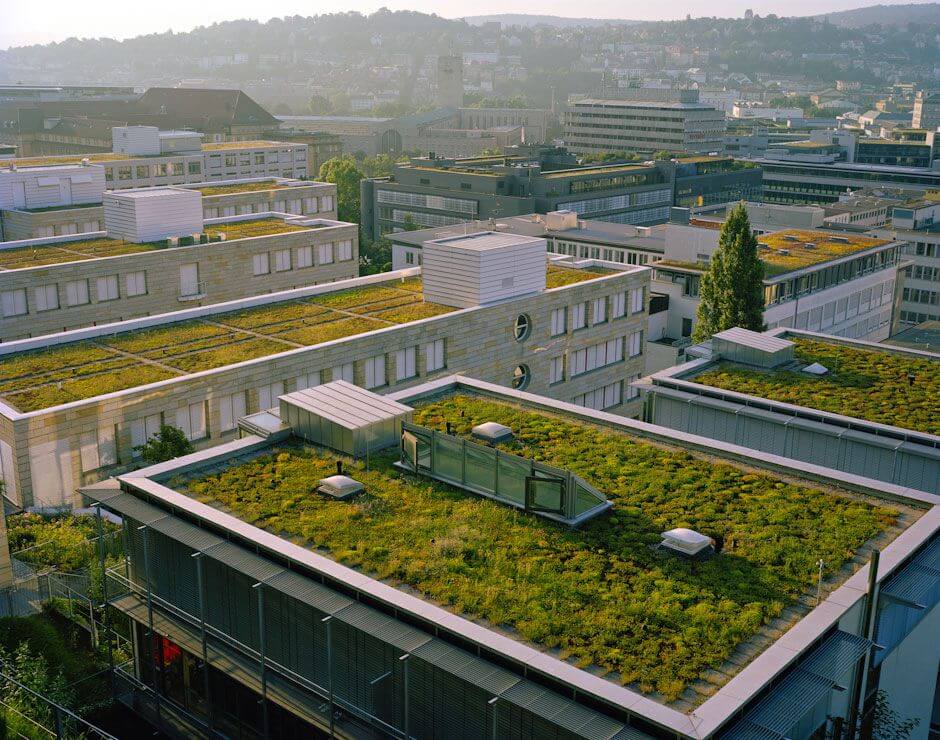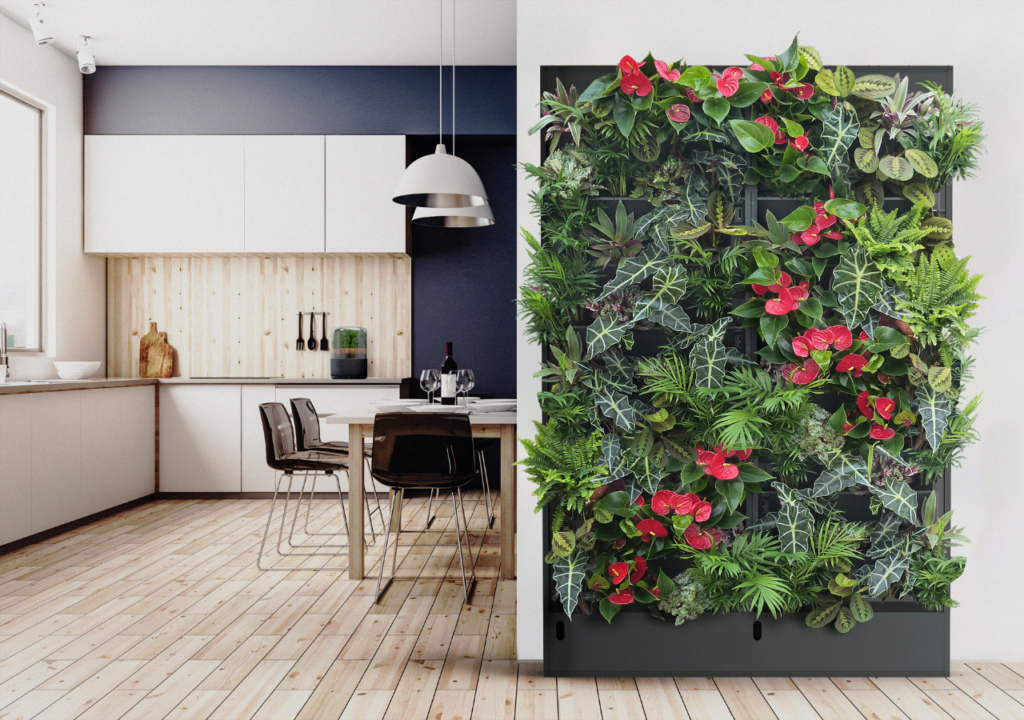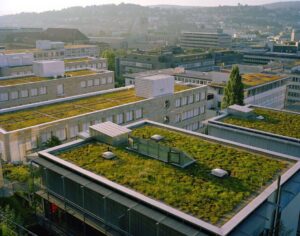The Benefits of Sedum Living Roofs: Eco-Friendly, Sustainable, and Beautiful
Sedum living roofs, also known as green roofs, are becoming increasingly popular as a sustainable and environmentally friendly roofing solution. These roofs are covered in a variety of low-maintenance, drought-tolerant sedum plants, offering numerous benefits for both the environment and building owners. In this blog post, we will explore the advantages of sedum living roofs and why they are an excellent choice for eco-conscious individuals and businesses.
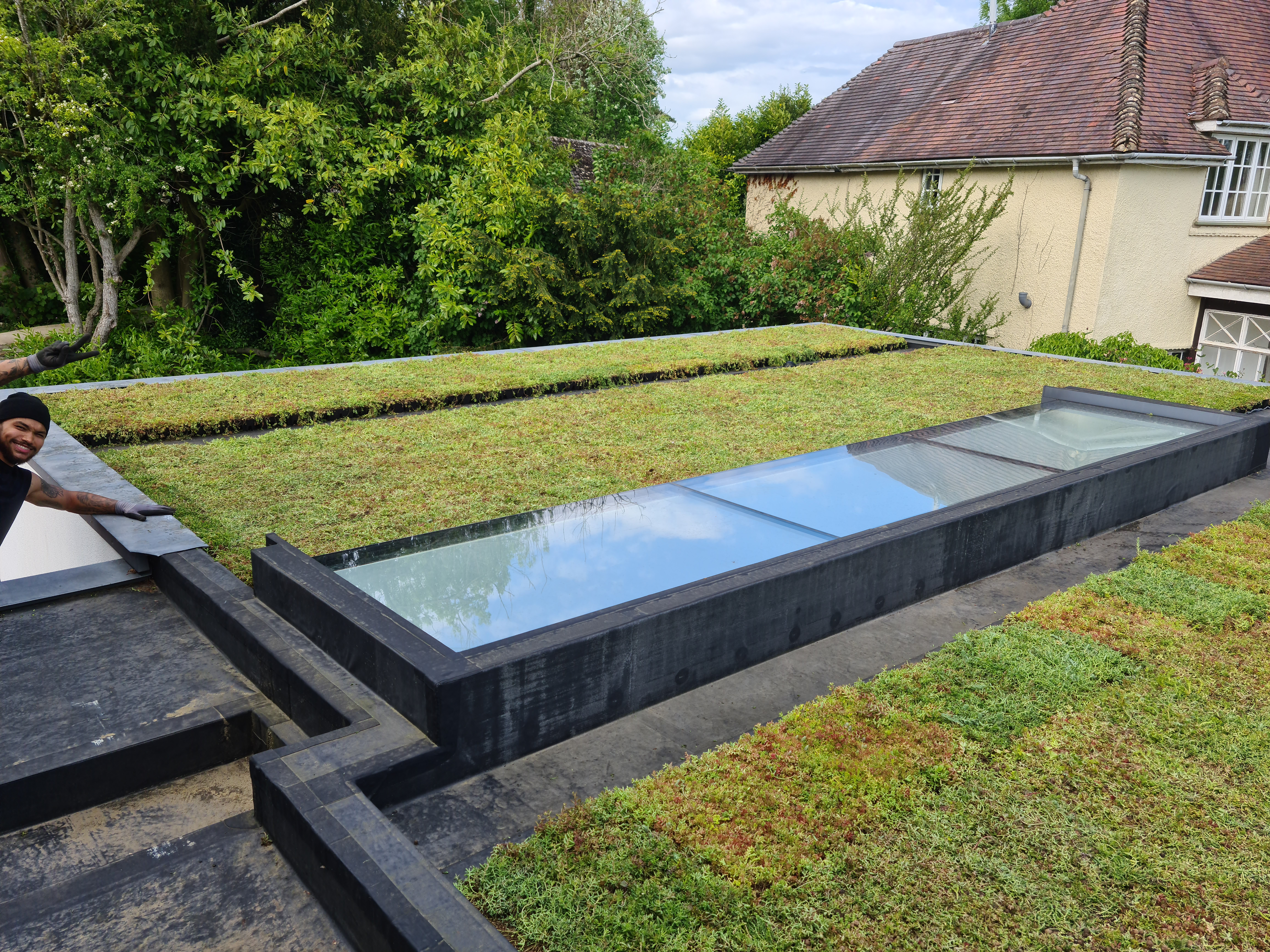
Environmental Benefits of Sedum Living Roofs
Sedum living roofs offer a host of environmental benefits, making them a valuable addition to urban landscapes. Here are some of the key advantages:
1. Mitigation of Urban Heat Island Effect: According to a study published in the Journal of Environmental Quality, green roofs can help reduce the urban heat island effect, a phenomenon in which urban areas experience higher temperatures than surrounding rural areas due to human activities. Sedum living roofs act as natural insulators, reducing the amount of heat absorbed and emitted by buildings, thus contributing to cooler urban environments.
2. Improved Air Quality: Research from the Environmental Science and Technology journal shows that green roofs can help improve air quality by trapping airborne pollutants and reducing the concentration of carbon dioxide and other harmful gases in urban areas. The sedum plants on living roofs absorb carbon dioxide during photosynthesis and release oxygen, contributing to cleaner, fresher air.
3. Biodiversity and Habitat Creation: Sedum living roofs provide valuable habitat for birds, insects, and other wildlife in urban areas. A study by the University of Sheffield found that green roofs can support a diverse range of plant and animal species, promoting biodiversity and enhancing urban ecosystems.
Economic and Social Benefits of Sedum Living Roofs
In addition to the environmental advantages, sedum living roofs offer a range of economic and social benefits:
1. Energy Efficiency: A publication by the National Research Council of Canada highlights the role of green roofs in improving energy efficiency in buildings. By providing natural insulation, a sedum living roof can help reduce the energy consumption required for heating and cooling, leading to cost savings for building owners.
2. Aesthetics and Well-Being: Studies from the University of Portsmouth demonstrate that exposure to green spaces and natural environments can have positive effects on mental well-being and stress reduction. Sedum living roofs contribute to urban greenery, enhancing the aesthetic appeal of buildings and providing tranquil spaces for relaxation and leisure.
3. Longevity and Reduced Maintenance: Green roofs can extend the lifespan of conventional roofing materials by protecting them from UV radiation, temperature fluctuations, and weathering. This can result in cost savings on roofing maintenance and replacement over the long term.
In conclusion, sedum living roofs offer a multitude of benefits, making them a valuable asset for sustainable urban development and environmentally conscious building owners. With their positive impact on the environment, potential cost savings, and aesthetic appeal, sedum living roofs are a compelling choice for those seeking to reduce their ecological footprint and contribute to greener, healthier cities.
References:
Koscikova, Z., & Krivtsov, V. (2023). Environmental and Social Benefits of Extensive Green Roofs Applied on Bus Shelters in Edinburgh. Land, 12(10), 1831. Retrieved from https://www.mdpi.com/2073-445X/12/10/1831

